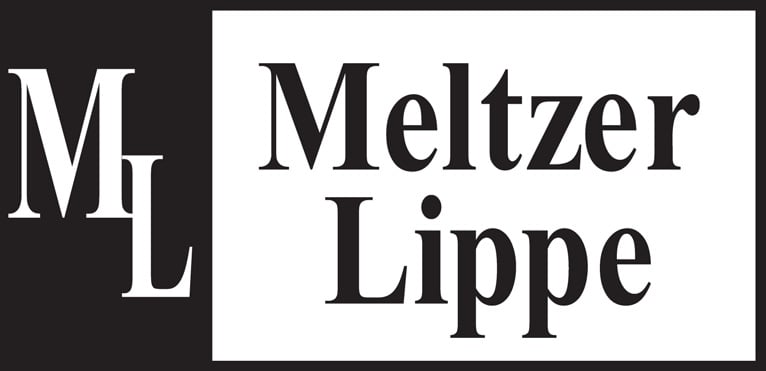What is a preferred freeze partnership?
A preferred freeze partnership is a partnership that has two distinct classes of ownership interest: one that is like a preferred stock that pays an annual dividend; the other that is more like a common stock that represents the growth potential of the company. In a typical structuring of a preferred freeze partnership, the senior generation retains the preferred piece, which is “frozen” and valued at a fixed amount. The junior generation retains the growth piece.
In its most basic form, a preferred freeze partnership is an estate planning mechanism designed to freeze the value of an asset and shift the growth – the future appreciation of the asset – to the next generation. There’s another very important benefit to a preferred freeze partnership: the preferred interest retained by the senior generation will be entitled to a step-up in income tax basis at death. Used correctly, it can provide enormous tax savings that can enable the assets of a family business to flow to the next generation without being reduced by an onerous tax bite.
Who is likely to use a preferred freeze partnership?
Preferred freeze partnerships are typically used by high net worth individuals seeking to transfer the value of their assets to succeeding generations with minimal exposure to taxes. The technique works especially well if one’s assets consist of highly leveraged, low-basis real estate. In this scenario, it’s common to have liabilities – in the form of a mortgage – that approach or even exceed the asset’s tax basis. So if such real estate assets are sold, the owner may be subject to what we call a “phantom gain” that may force them to use other assets to pay the tax.
For example, let’s say that one owns a piece of land whose current fair market value is $10 million. Let’s also say that that this property is subject to a mortgage of $8 million, and that one’s actual equity in the property is $2 million. Let’s further assume the cost basis on this property to be $1 million.
If this property were sold today for its fair market value, the capital gain subject to income tax would be $9 million which — assuming a combined federal and state tax rate of 25 percent — would create a tax liability of $2.25 million, a sum $250,000 larger than the owner’s equity interest in the property. Assuming this hypothetical owner is interested in moving this asset out of his estate , he would likely benefit from using a freeze partnership structure, because it shifts future growth out of the estate and eliminates the phantom gain, if the preferred interest is held until death.
Can you describe how a typical freeze partnership might be set up?
The owner of the property would contribute the low-basis real estate asset to a limited partnership or LLC, in exchange for a preferred interest in the partnership/LLC. This preferred interest includes a right to receive a fixed percentage of the asset’s value each year. When the structure is formed, the value of the real estate assets are “frozen.”
Those to whom the owner wishes to deliver a tax benefit – typically the owner’s children or grandchildren – receive a “junior” or “common” interest in the partnership/LLC. Provided that the owner holds his/her interest in the assets until death, he/she will get a basis step-up that will increase the value of the interest to fair market value, thus eliminating the onerous income tax liabilities referenced earlier.
While freeze partnerships are especially valuable when assets are low-basis real estate, the technique is applicable to other asset classes as well, for example interests in a closely held business. Freeze partnerships can easily be tailored so that the older/senior generation maintains control of the business while he/she is alive, if that’s what the individual wants.
Is this a loophole or was it planned that there would be this type of benefit?
It’s always been around. There was a more aggressive form of this type of planning that existed in the early 1990s that the IRS tried to rein in when it enacted 26 U.S. Code Section 2701, but there is statutory authority in the code for this type of structure and one just has to operate within the rules’ safe harbor to qualify. Freeze partnerships can also qualify for an extension of time to pay estate taxes under section 6166 of the Code.
There are certainly other mechanisms available designed to shift growth assets to future generations, including GRATs (Grantor Retained Annuity Trusts) and IDGTs (Intentionally Defective Grantor Trusts), which both minimize gift tax liability for successors. But neither of these structures address the lurking income tax issues that can arise when engaging in estate planning, which is why freeze partnerships are often the preferred tools used today by estate planners.
If you have questions or concerns about freeze partnerships, be sure to seek counsel from our qualified team of trusts & estates advisors who can help you determine your best options and processes.
This blog posting is for informational and educational purposes only. It is general in nature and not person or circumstance specific. This blog posting is not intended nor should it be construed as rendering independent investment, legal or tax advice. It may but does not necessarily constitute attorney advertising.
